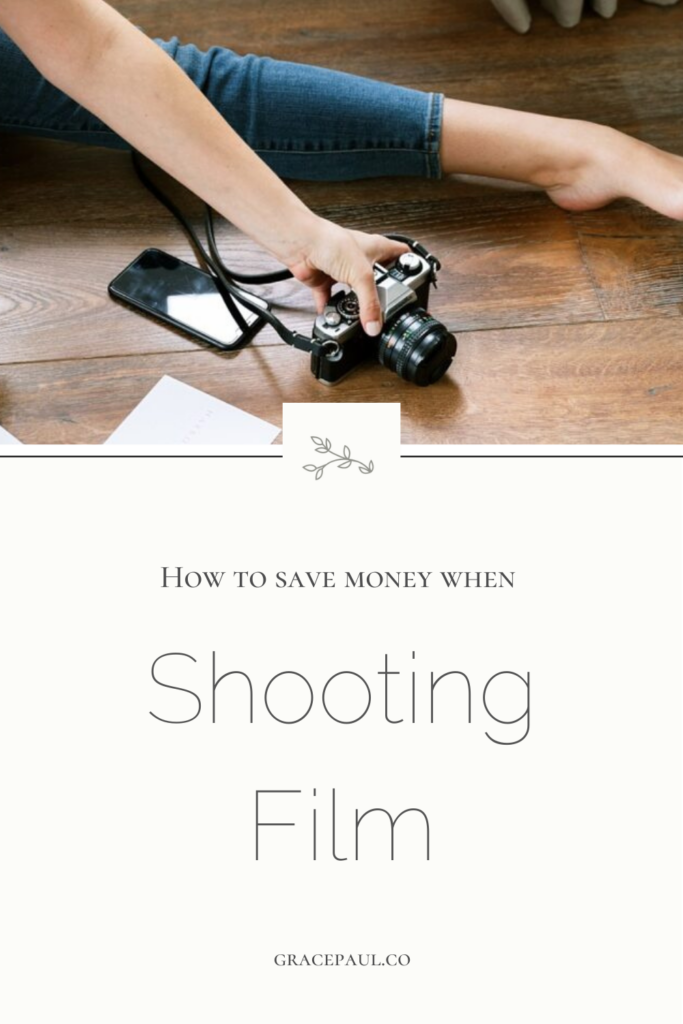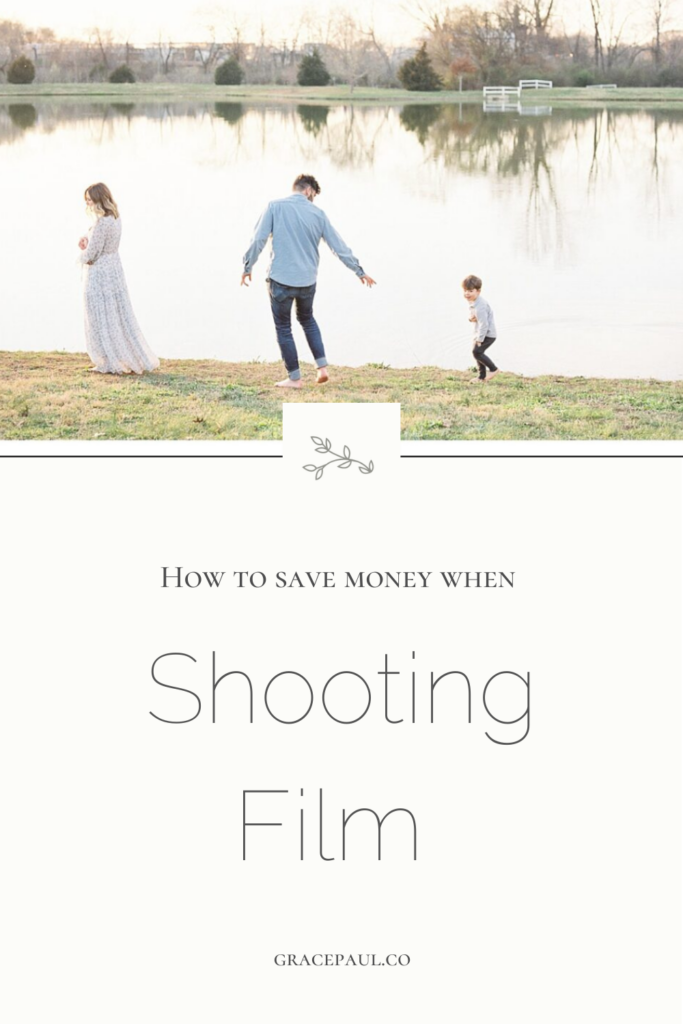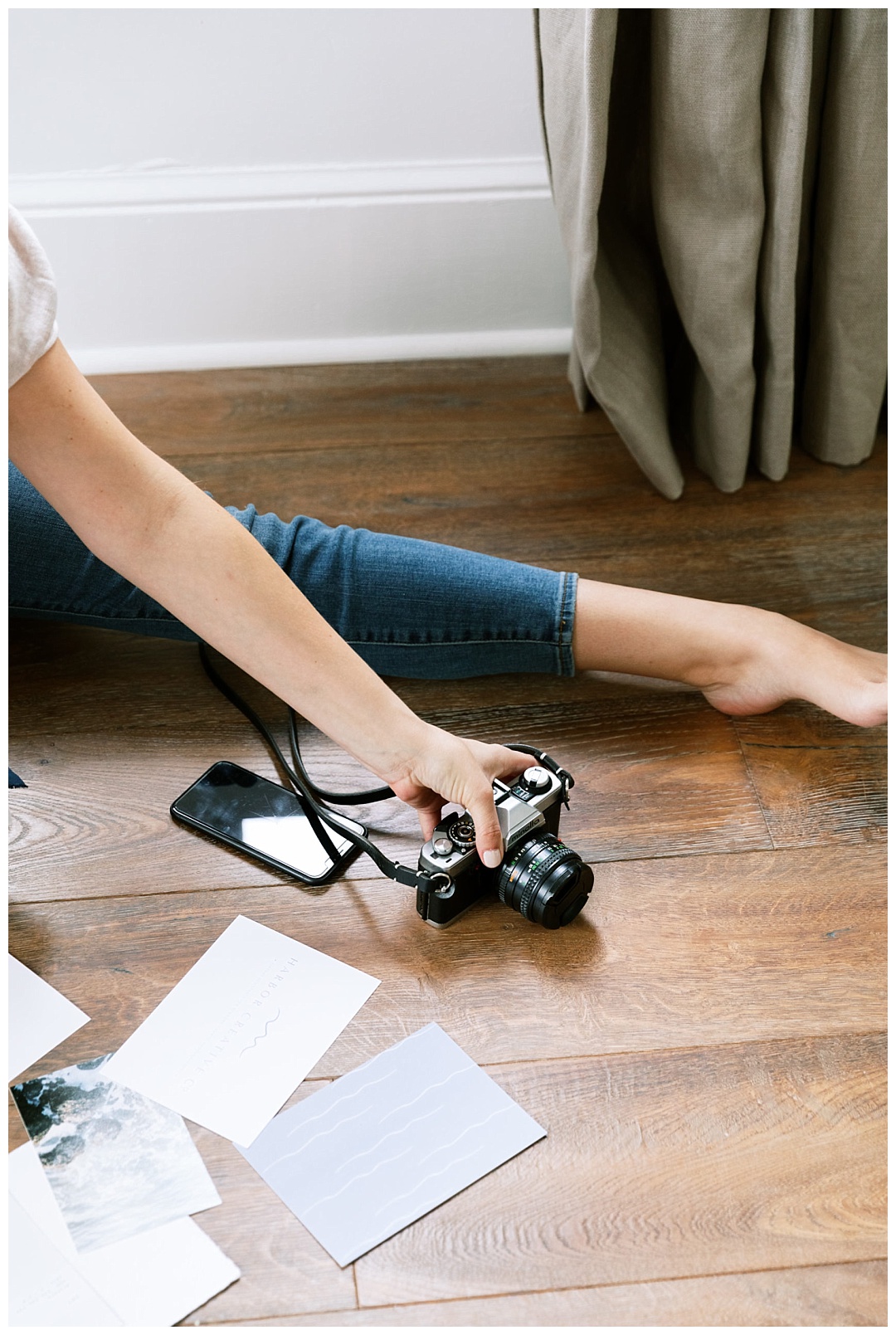As a business owner, I’ve had to learn to be pretty savvy. It’s no surprise that shooting film is a luxury, and a luxury price tag comes with it. But I’ll tell you a secret: I believe you can stay profitable and make art that you love.
I’m not here to tell you to short-change yourself and only shoot digitally in order to save money. Now if that’s your jam, then cool. No shame in that game. But if your heart is screaming, “I LOVE FILM” and budget is the issue? I’m here to help.
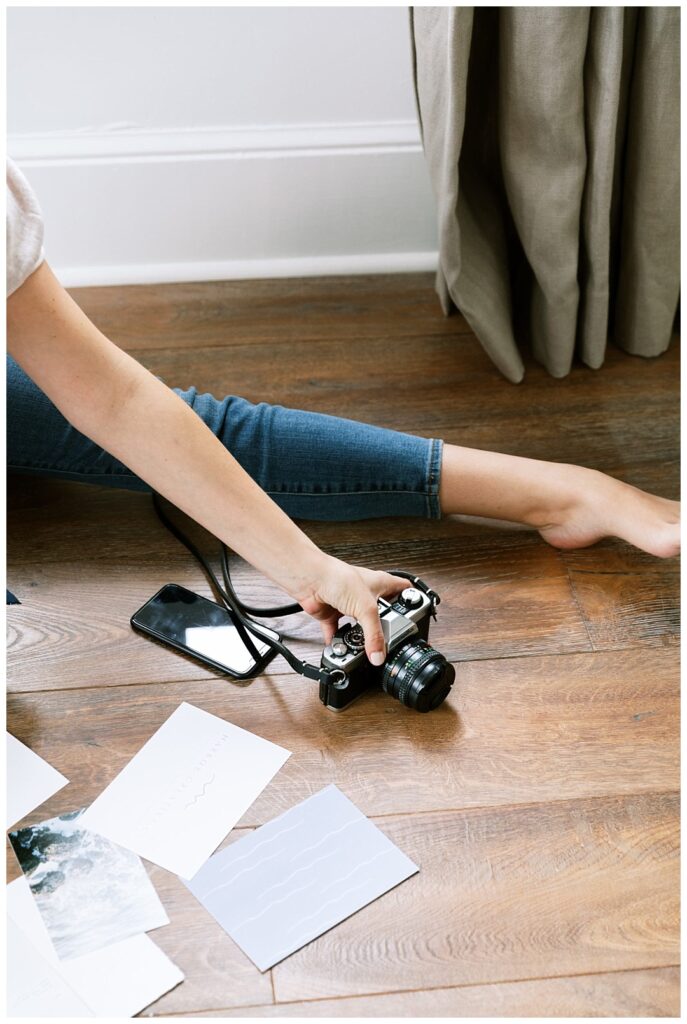
Check out my top 5 tips for how to save money when shooting film.
- Slow Down.
This may seem obvious, but at about $3 per click of the shutter, slowing down will save you a tremendous amount of money. Think before you shoot and make changes as necessary. Which brings me to #2…
2. Be a perfectionist.
Instead of feeling the pressure to please your clients by shooting the entire hour of your session, educate them! Tell them, “Hey, you’re doing great! I’m just waiting for the wind before taking this shot. Hold it right there!” or “Ooo you look so beautiful, I’m just going to move this hair out of the way.” It’s alright to not fill every moment with taking a photo. You and your client will love the end result way more if you slow down and are intentional with every shot.
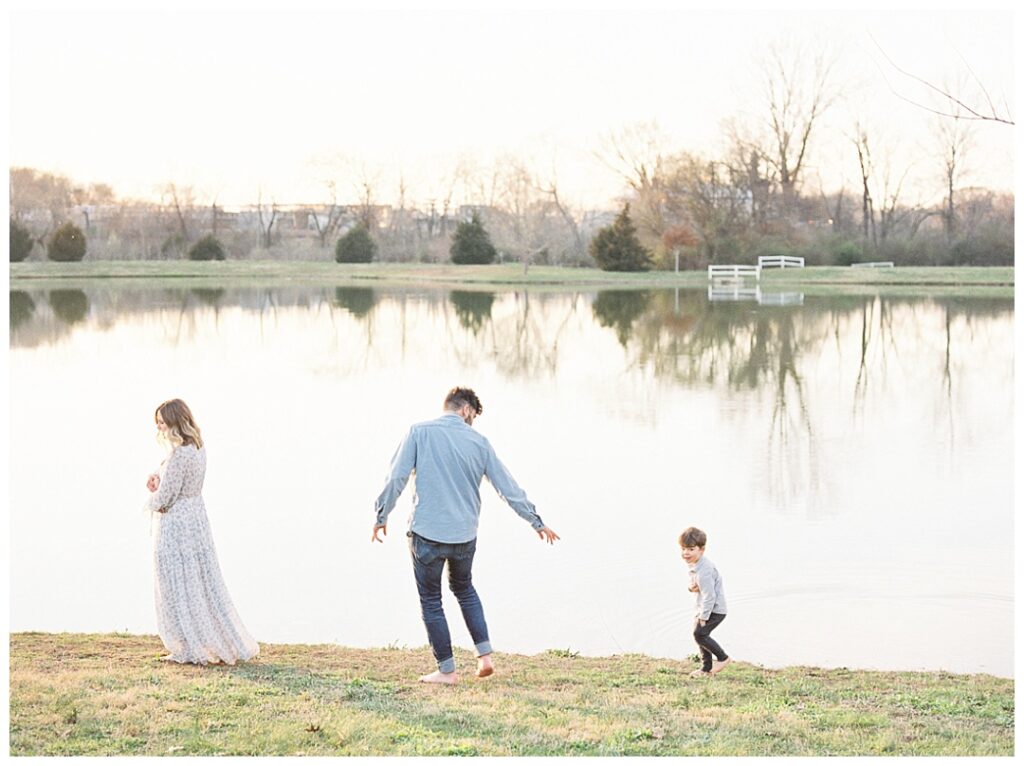
3. Use a light meter.
If you’re in your first few years of shooting film, you need a light meter. This guarantees your exposures will be consistent and correct. Take heart; as you meter over and over again, your eyes will learn to read the light. Then after you’ve been shooting awhile, you can probably afford not to use a light meter in most situations. But remember, at $3-a-click it’s worth it to invest in a light meter up front so you know your film is turning out the way you want it to.
Grab my all-time favorite light meter on amazon.
4. Buy 35mm consumer-grade film.
Okay, this is really a 2-for-1 money saving tip. Consumer-grade stocks like Fuji C200 and Kodak Gold are a fraction of the cost of other professional-grade stocks and are just as beautiful. Plus you get 36 exposures instead of the 16 that come with medium format film. That’s over double the number of photos! Win win!
5. Shoot hybrid… but only if you want to.
In theory, shooting only film seems like the most expensive option. But we’ve all heard time is money, right? Think about your post processing time. Is it more than 30 minutes? What about culling, backing up, and formatting cards? The time cost is much higher when shooting a digital camera. Even if you outsource these things, there’s a time cost on top of a service cost, and I’d venture to guess it’s almost as much as the film itself.
There is definitely a place for hybrid photography, but if your dream is to be an all-film shooter, then I totally think it’s possible.
Weigh what’s most important to you, and if you don’t know your cost of doing business, then check this calculator here.
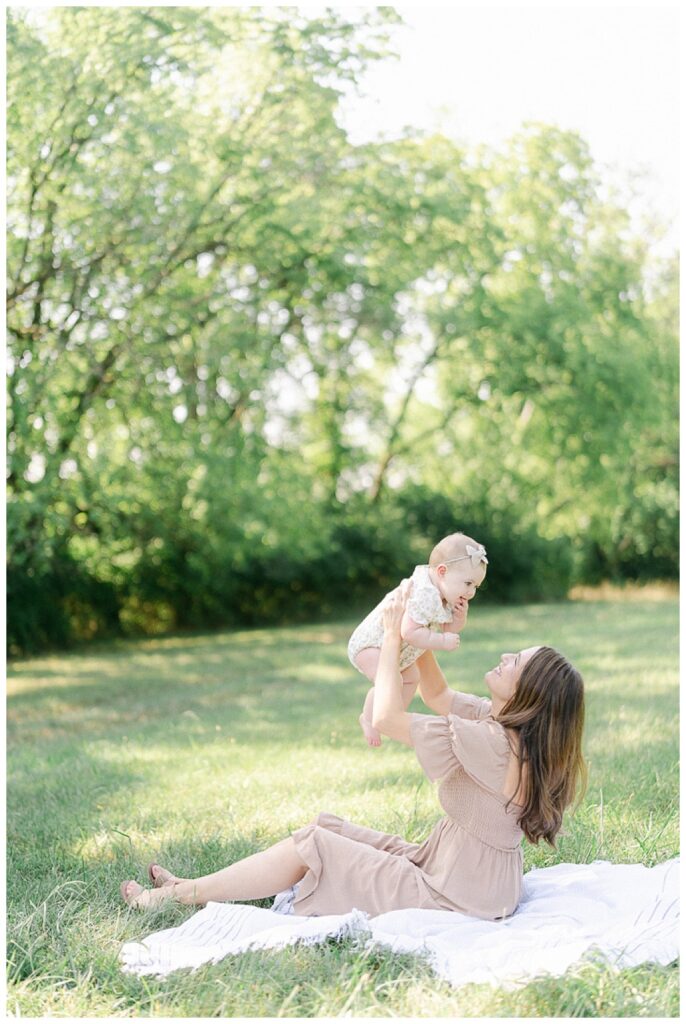
Shooting film can seem like just another added expense, but with these tips, you can add film to your workflow without breaking the bank. If you think through every frame, slow down, use your light meter, and opt for those less expensive film stocks, you’ll be able to make art that makes your heart sing and feel good about the cost, too.
Want to learn more about shooting with film? Check out my educational resources designed to teach you everything you need to know about film photography here.
